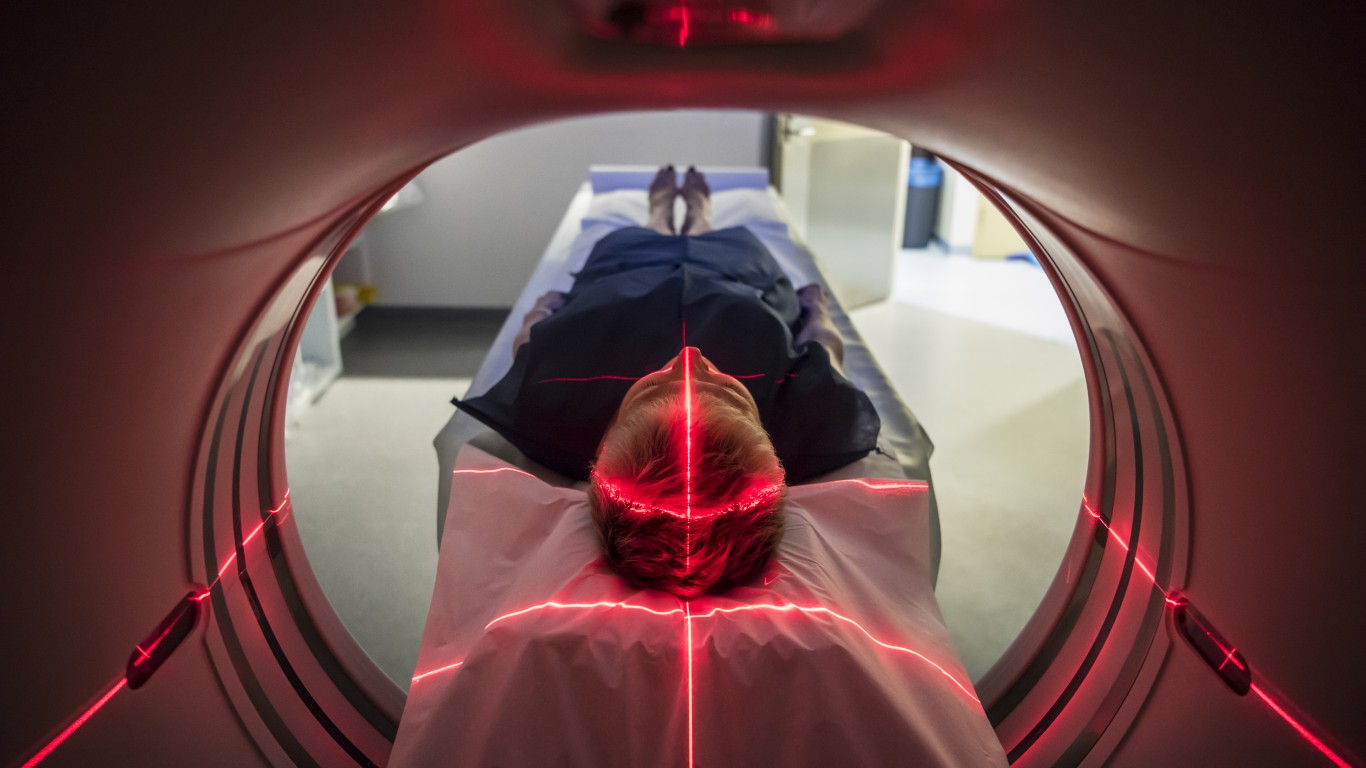
One of the main purposes of a regular physical exam — usually annual, especially for adults over 50 — is early detection of disease. Early detection means early treatment, which leads to better outcomes, so regular exams are key to a healthy future.
In addition to overall exams, doctors often order specific tests, especially for diseases or conditions that are asymptomatic, and especially if there are risk factors, either general to the population or unique to the patient.
With time and resource limitations, of course, it is not possible to screen for every human ailment. Decisions must be made based on whether the patient — given his or her age, symptoms, and risk factors — is a likely candidate for a particular disorder. (These are warning signs that you are in bad health.)
For decisions on who to test, for what, and when, doctors rely in large part on guidance from the larger medical community in the form of recommendations from medical or public health organizations, and these recommendations can change over time. In May 2021, for instance, the American Cancer Society released its newest guidelines, lowering the recommended age for colorectal cancer screening from 50 to 45 due to an increase of cancer cases among the young and middle-aged. (Read about 22 medical tests every woman should have, and when.)
Click here to see new recommended ages for important medical screenings
To compile a list of the latest recommended ages for important screening tests, 24/7 Tempo reviewed various sources from the Centers for Disease Control and Prevention, the American Cancer Society, the American Academy of Family Physicians, and the United States Preventive Services Task Force. In some cases the recommendations vary due to different risk factors taken into consideration, and it is ultimately up to each doctor to decide which recommendations to follow.
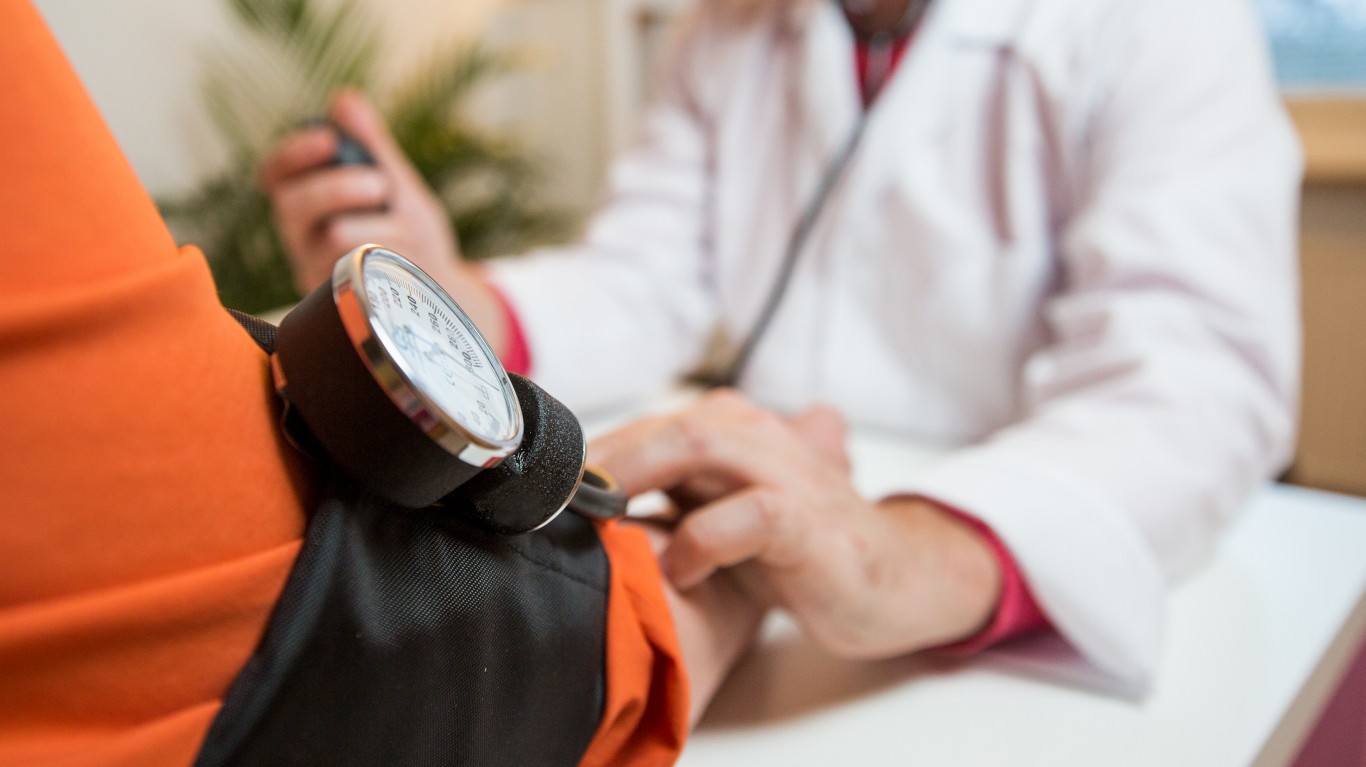
Blood pressure
> Recommended age to start screening: 18
> Test type: Sphygmomanometer
> How often: Annual after age 40
High blood pressure is known as the silent killer because it has no obvious symptoms and can increase dangerously over the years if not detected, possibly leading to stroke, heart failure, and other health problems. In addition to regular screenings based on age, individuals at greater risk for HBP — particularly African-Americans and people who are overweight — require more frequent monitoring.
[in-text-ad]

Breast cancer
> Recommended age to start screening: 50
> Test type: Mammogram
> How often: 2 years
The USPSTF recommends that women between 50 and 75 years of age have a mammogram every two years, stating that there is insufficient evidence to justify more frequent testing. However, the American Cancer Society suggests that all women begin screening at age 45 (changed in 2015 from age 40), with annual mammograms until 55 and biannual tests thereafter. Clinical breast examination is not recommended to screen for cancer.

Cervical cancer
> Recommended age to start screening: 21
> Test type: Pap test, HPV test
> How often: 3-5 years
Cervical cancer was once one of the most common causes of cancer death in women. With the introduction of the Pap test, which allows for early detection and treatment, the death rate has dropped dramatically. The CDC recommends regular screening beginning at age 21 (the American Cancer Society suggests 25) followed by testing every three years. A negative result from a more recently available test, called HPV, extends the screening interval to five years for women over 30. In the absence of risk factors, testing can end at age 65.

Chlamydia and gonorrhea
> Recommended age to start screening: Dependent on risk factors
> Test type: Urine analysis or swab
> How often: Annual if at risk
The widely accepted medical advice for sexually active individuals is to use protection and get tested for sexually transmitted diseases (STDs) — also referred to as sexually transmitted infections (STIs), because they are often asymptomatic. Annual testing is recommended for sexually active women under 25, women over 25 who have been raped or are having sex with mutiple partners, men having sex with other men, and sexually active people with HIV.
[in-text-ad-2]
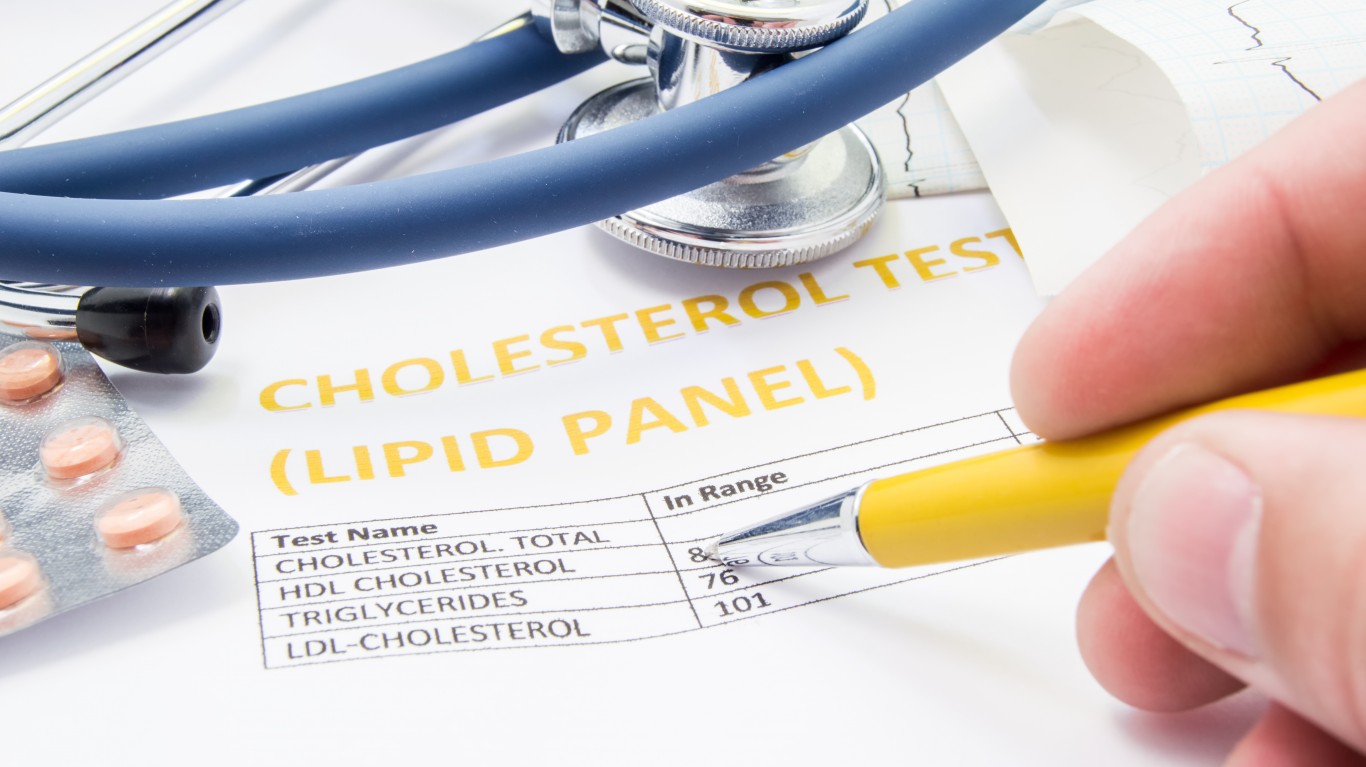
Cholesterol
> Recommended age to start screening: 9
> Test type: Blood draw
> How often: Depends on age and risk factors
High levels of LDL (low-density lipoprotein, popularly known as “bad cholesterol”) can cause plaque buildup in the arteries, possibly leading to stroke or heart disease. Because there are no signs or symptoms associated with elevated LDL levels, screening is particularly important. Children should have their cholesterol checked once between the ages of 9 and 11, and again between 17 and 21. Healthy adults should get tested every four to six years, or more frequently if there are risk factors such as heart disease, diabetes, or a family history of high cholesterol.
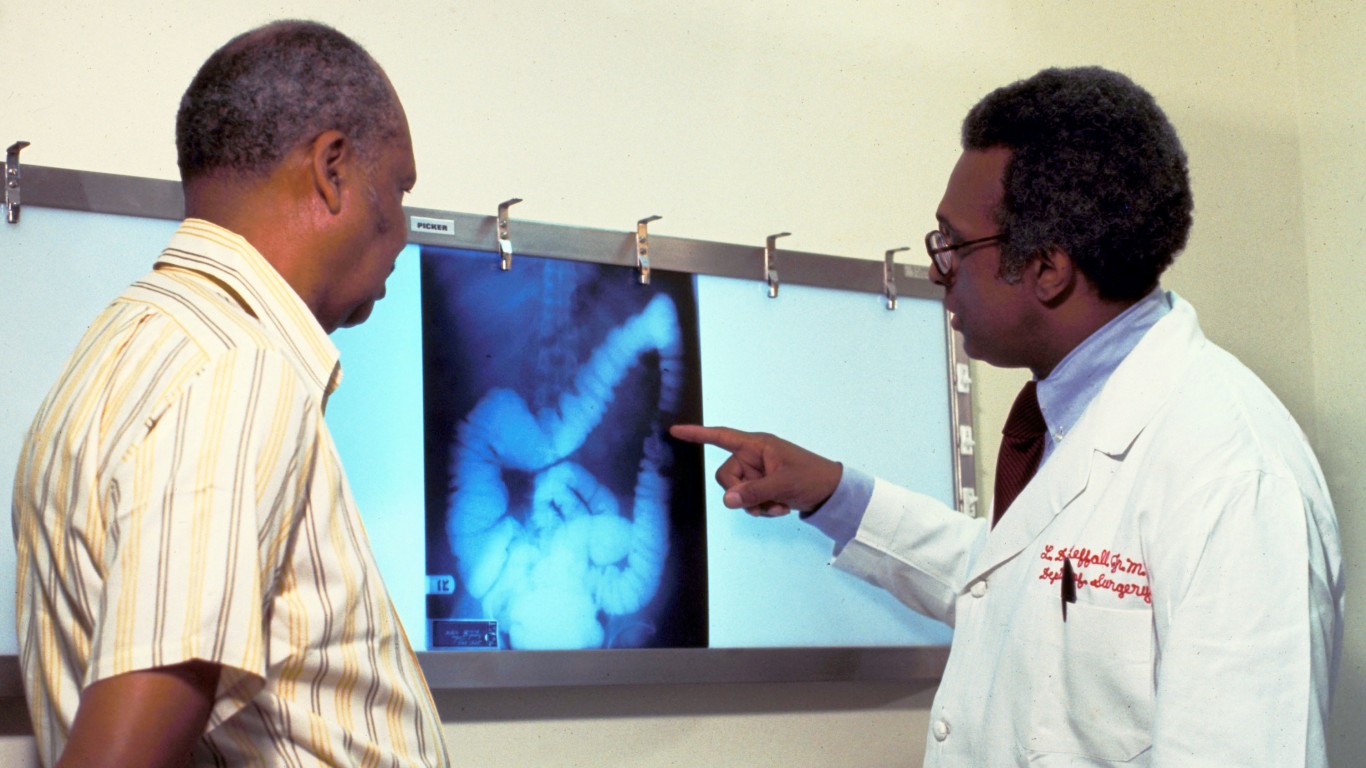
Colorectal cancer
> Recommended age to start screening: 45
> Test type: Fecal occult blood test, colonoscopy, or alternatives
> How often: varies with test
Like other cancers, early detection increases the likelihood that a cure will be effective. There are several ways of determining the existence of cancer or precancerous polyps in the rectum or colon. Beginning at age 45, a fecal blood test is usually performed as part of a thorough physical exam, and should be repeated annually. Alternatively, or in addition, the presence of polyps can be found using sigmoidoscopy (every five years), colonoscopy (every 10 years), or CT colonography (every five years). More frequent testing is called for based on risk factors such as family history or the existence of an inflammatory bowel disease, such as Crohn’s.
[in-text-ad]
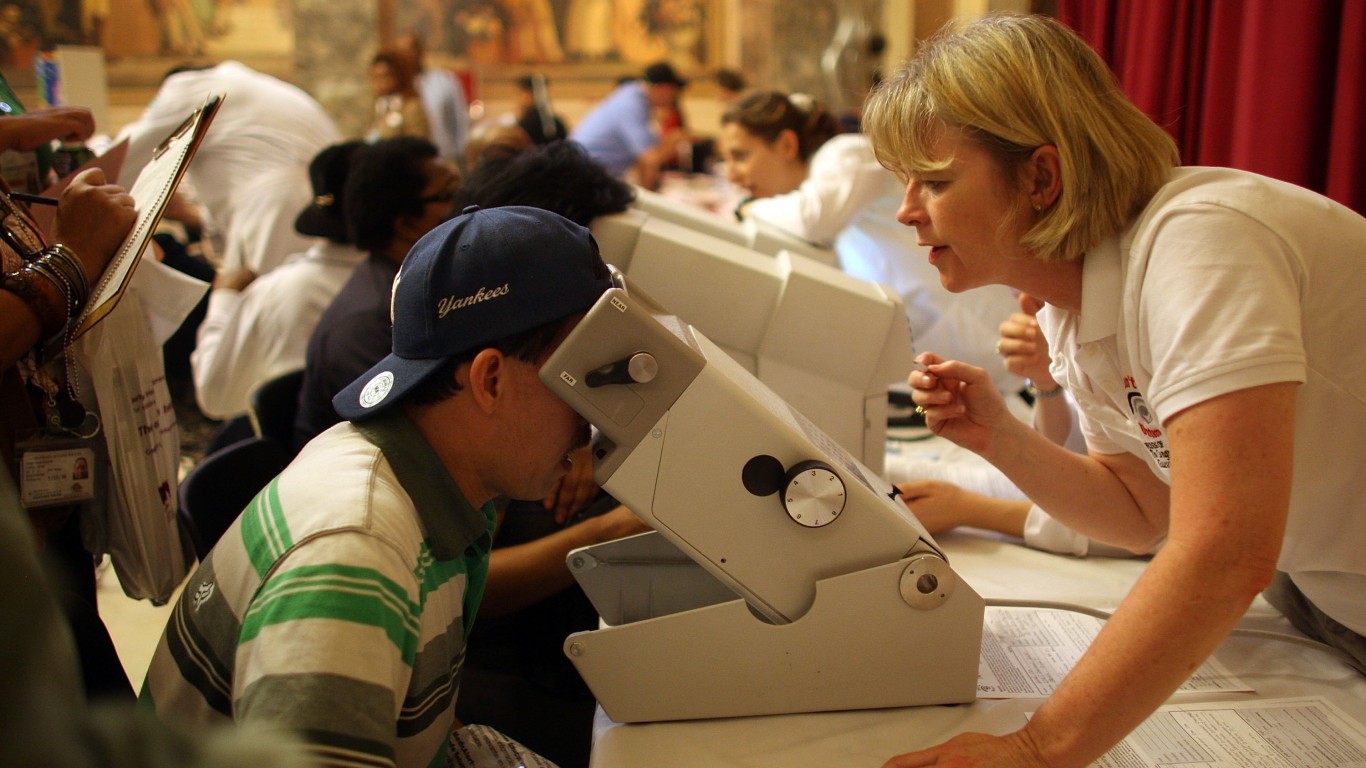
Glaucoma
> Recommended age to start screening: 40
> Test type: Tonometry and others
> How often: At regular check-ups
The American Academy of Ophthalmology recommends a baseline eye examination to test for diseases that often occur after age 40. The most common of these is glaucoma, which affects 2.7 million Americans, a number that is expected to double by 2050. Testing and early detection of glaucoma allows for treatment that may otherwise be too late, since the disease has no symptoms before irreversible vision loss begins.

Hepatitis B
> Recommended age to start screening: Dependent on risk factors
> Test type: Blood draw
> How often: Dependent on risk factors
Vaccination against Hepatitis B is recommended for all infants and children, and all pregnant women should be screened for the disease. Other screening is based on risk factors, such as use of injected drugs, sex between men, and HIV.

Hepatitis C
> Recommended age to start screening: 18
> Test type: Blood draw
> How often: Once in adulthood, once for each pregnancy
Except in places where the presence of the disease is extremely low, all individuals over 18 years of age should be tested at least once, and pregnant women should be tested each time they become pregnant. Regardless of the setting or the age of the individual, one time testing is recommended based on particular conditions or exposures, as after a surgical transplant, and regular testing is recommended when there are ongoing risk factors, such as use of injected drugs.
[in-text-ad-2]
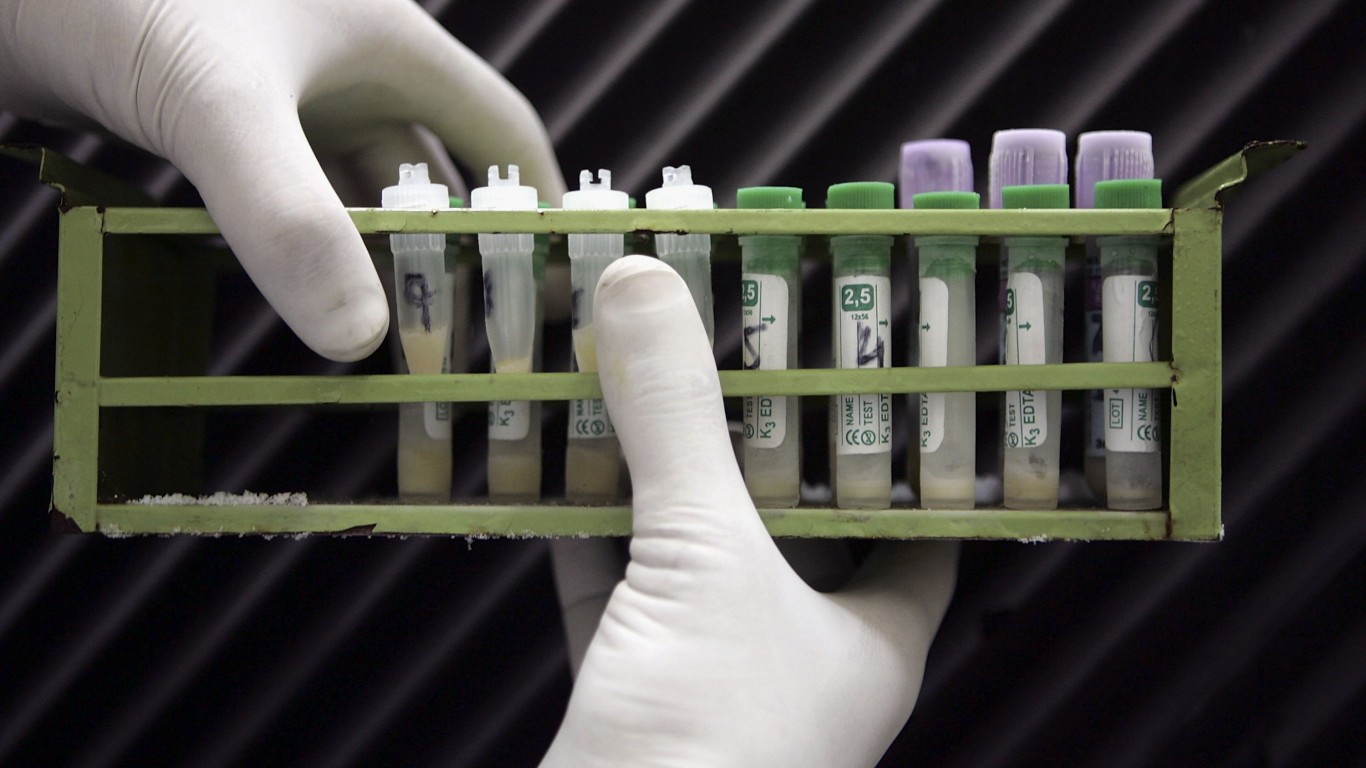
HIV
> Recommended age to start screening: 13-64
> Test type: Blood draw
> How often: Once, and based on risk factors
Routine screening for HIV is recommended by the CDC, USPSTF, the American Academy of Family Physicians, and the American College of Physicians. The general recommendation is a one time test for everyone between the ages of 13 and 65. Routine testing is recommended for sexually active gay men, sex partners of individuals with HIV, anyone exhanging sex for drugs or money, and people recieving treatment for hepatiis, tuberculosis, or an SDI.
Iron deficiency anemia
> Recommended age to start screening: eliminated in 2015
> Test type: Blood draw
> How often: Dependent on risk factors
Because iron in the blood carries oxygen through the body, a lack of iron causes a type of anemia, characterized by fatigue, weakness, shortness of breath, and loss of appetite. Sufficient intake of iron is of particular concern for infants and pregnant women, though routine iron supplements have alleviated much of the threat. In 2015, USPSTF dropped its recommendation that infants between 9 and 12 months and pregnant women be screened for iron deficiency.
[in-text-ad]

Lead poisoning
> Recommended age to start screening: Dependent on risk factors
> Test type: Blood draw
> How often: Dependent on risk factors
Exposure to lead, particularly in a residence, can have a profound negative impact on a child’s development and ability to learn. Although lead levels in the environment have been greatly reduced with the elimination of lead from gasoline and paint, lead continues to poison children in many communities, particularly where a large percentage of the housing stock was built before 1978, when unleaded paint was banned for residential use. The American Academy of Pediatrics recommends screening for lead in at-risk infants between the ages of 9 and 12 months, and again between 1 and 5 years of age.

Obesity
> Recommended age to start screening: 6
> Test type: BMI
> How often: Annual
Obesity continues to be a major health problem in the U.S., and increasingly of concern for children. In 2018, one in five children was considered obese. The USPSTF recently confirmed its recommendation that all children over 6 years of age be screened for obesity. The American Academy of Pediatrics recommends that pediatricians begin charting a child’s BMI at age 2.
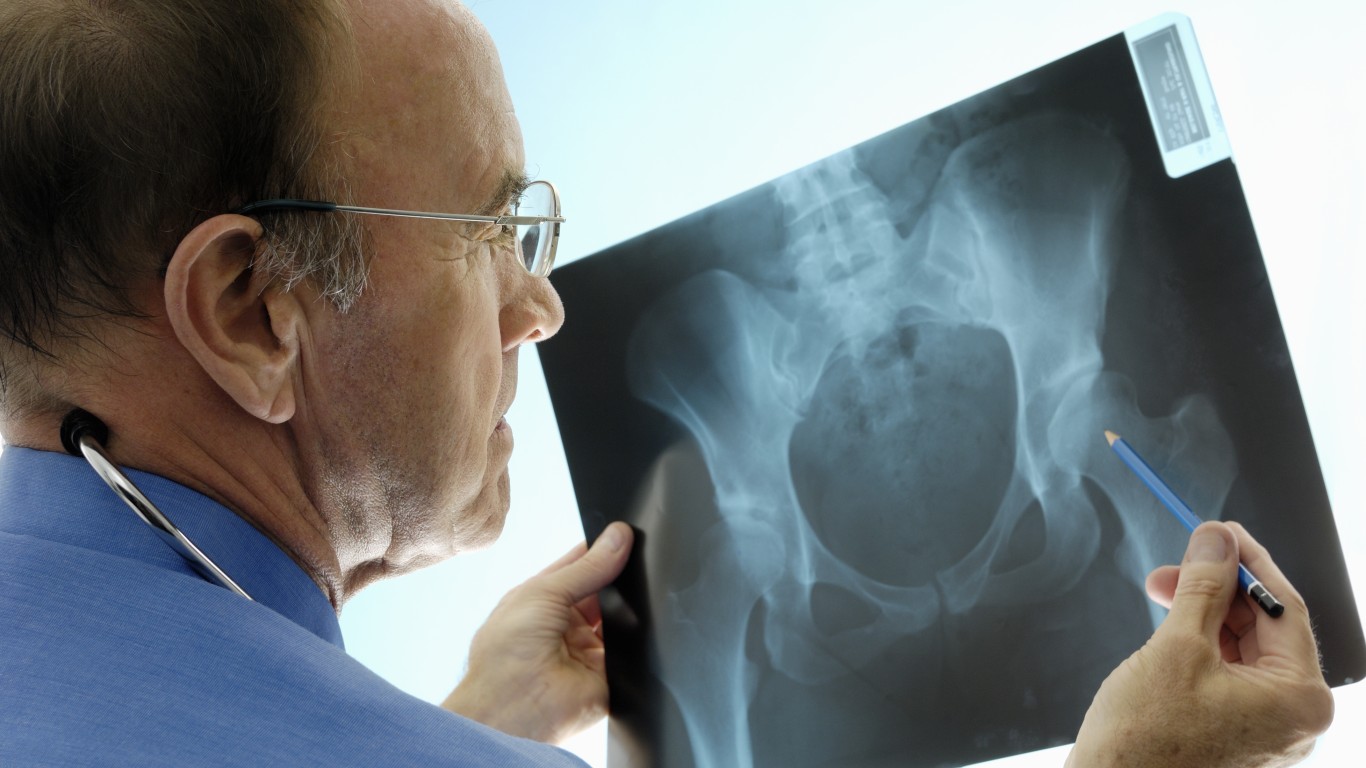
Osteoporosis
> Recommended age to start screening: 65 (women), 70 (men)
> Test type: DXA
> How often: Dependent on risk factors
Osteoporosis is a disease that weakens the bones, commonly in older individuals, though it occurs four times more frequently in women than men. The condition is responsible for two million fractures a year, significantly impacting the quality of life of its elderly victims. The disease is often discovered when a fracture occurs, but if detected early osteoporosis can be treated. The USPSTF recommends screening for all women at age 65, and for men considered at risk. The National Osteoporosis Foundation suggests that all men get tested at age 70.
[in-text-ad-2]

Prostate cancer
> Recommended age to start screening: initial medical evaluation at 55
> Test type: Prostate-Specific antigen test
> How often: Dependent on risk factors
Because the diagnosis and treatment of prostate cancer involves a number of considerations, neither the USPSTF nor the American Cancer Society recommend screening without a discussion between the doctor and patient, in conformance with guidance that sets out the risks and benefits of each step in the process. It is recommended that this discussion take place for all men between the ages 50 and 69. Screening is not recommended for men 70 and older.

Tuberculosis
> Recommended age to start screening: Dependent on symptoms and risk factors
> Test type: Tuberculin skin test or blood test
> How often: Dependent on symptoms and risk factors
While there is no guidance for routine TB screening, despite the fact that there are an estimated 13 million cases of latent TB infections in the US, the CDC has called for increased efforts to identify and treat infections. Testing is called for when a patient has TB symptoms: weakness, weight loss, fever, night sweats, coughing — sometimes with blood — and chest pain. It is also recommended for individuals who have been exposed to TB, usually where they reside or work.
[in-text-ad]
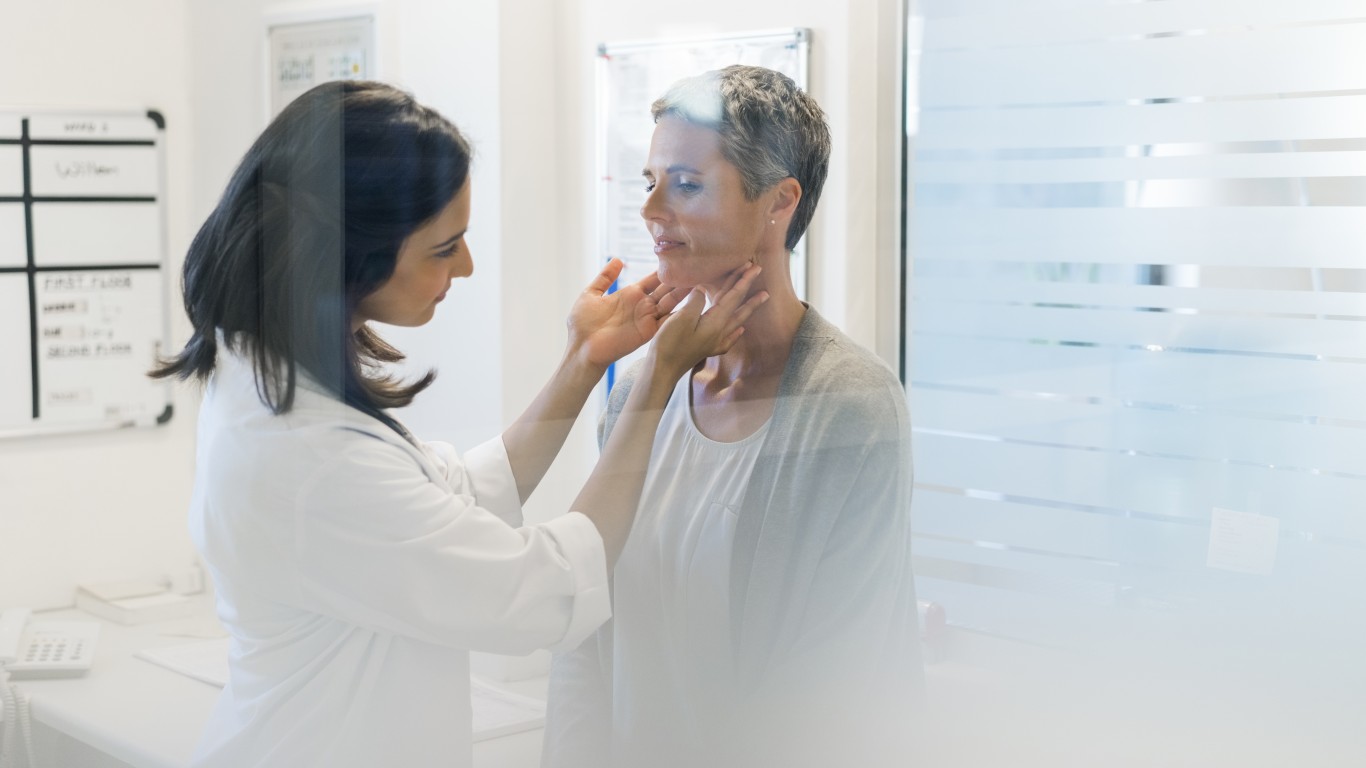
Thyroid dysfunction
> Recommended age to start screening: Dependent on risk factors
> Test type: Serum TSH test
> How often: Multiple over 3-6 months if detected
The American Thyroid Association recommends that all adults be screened for thyroid abnormalities at age 35, but the USPSTF recommends against routine screening, except for pregnant women. Instead, the suggestion is that testing be based on risk factors and on symptoms such as weight gain, hair loss, and fatigue.

Type 2 diabetes
> Recommended age to start screening: 35-70 for overweight people
> Test type: Blood draw
> How often: Dependent on glucose levels and risk factors
In 2020, the CDC estimated that 13% of Americans have diabetes and another 34.5% meet the criteria for prediabetes, with nearly 85% of those unaware that they were at risk. Early detection is important to control the disease and to avoid some of the possible consequences of it, including blindness and kidney failure. Every overweight or obese individual between the ages of 35 and 70 should be tested and, if glucose levels are normal, retested every 3 years.
Are You Ahead, or Behind on Retirement? (sponsor)
If you’re one of the over 4 Million Americans set to retire this year, you may want to pay attention.
Finding a financial advisor who puts your interest first can be the difference between a rich retirement and barely getting by, and today it’s easier than ever. SmartAsset’s free tool matches you with up to three fiduciary financial advisors that serve your area in minutes. Each advisor has been carefully vetted, and must act in your best interests. Start your search now.
Don’t waste another minute; get started right here and help your retirement dreams become a retirement reality.
Thank you for reading! Have some feedback for us?
Contact the 24/7 Wall St. editorial team.
 24/7 Wall St.
24/7 Wall St.
 24/7 Wall St.
24/7 Wall St. 24/7 Wall St.
24/7 Wall St.
